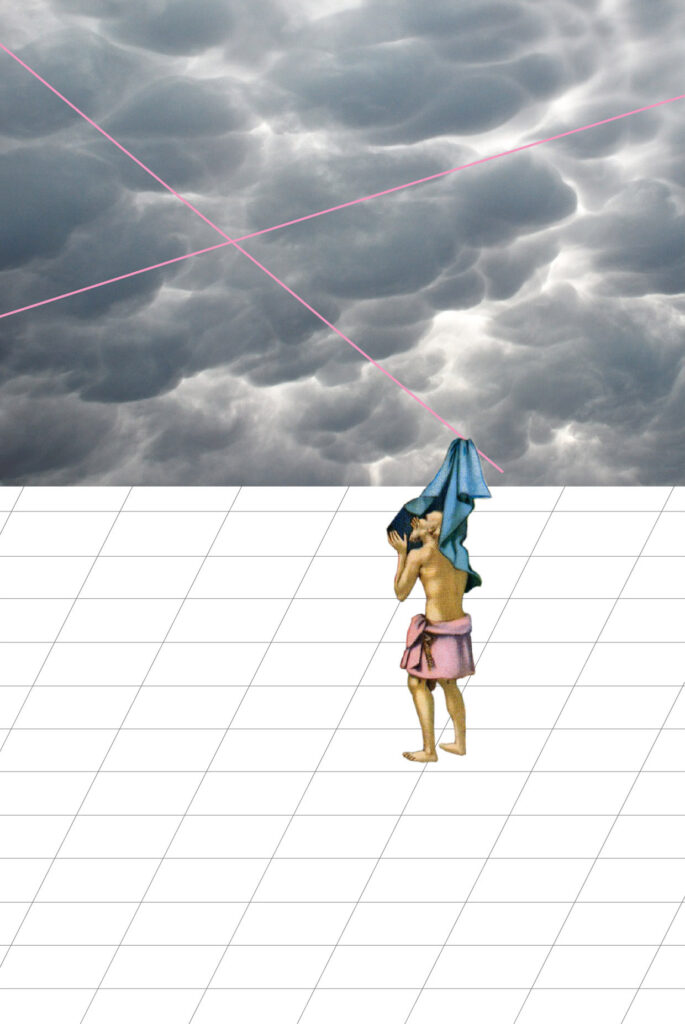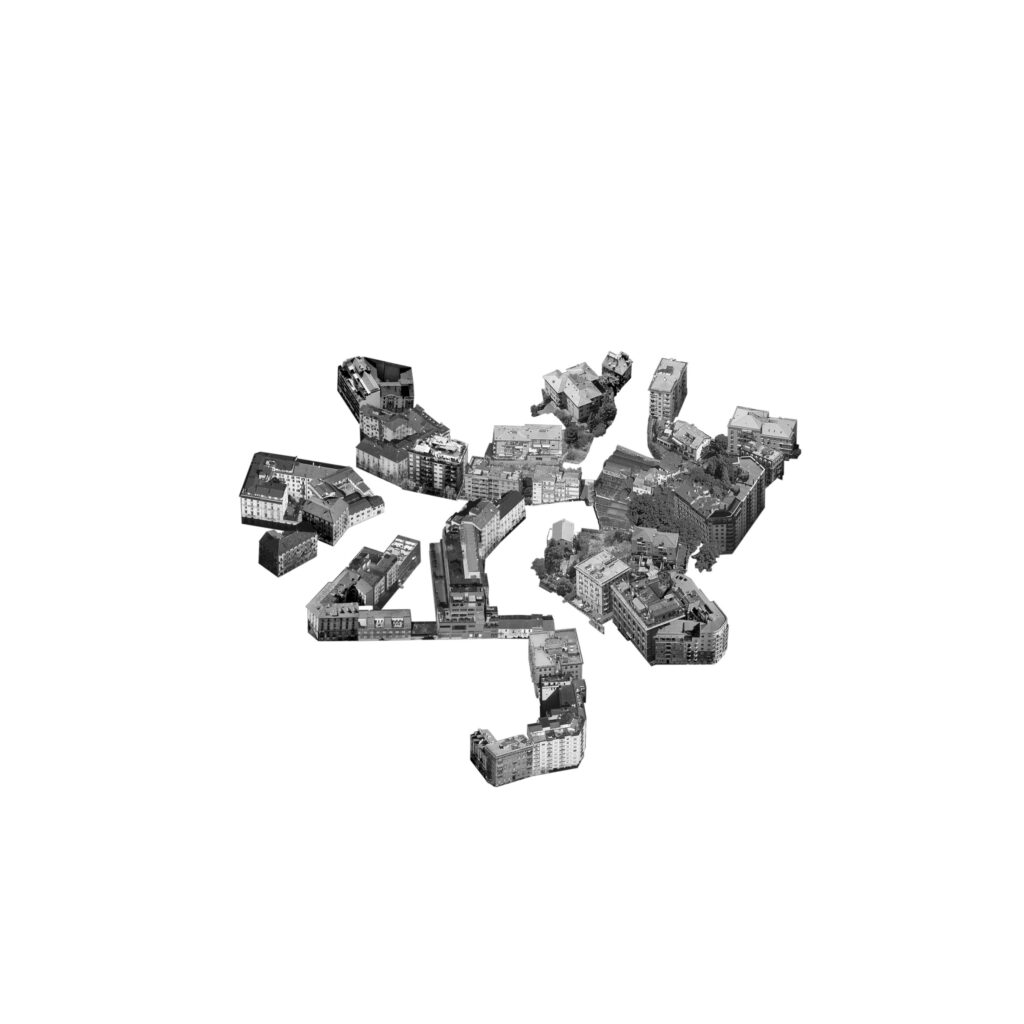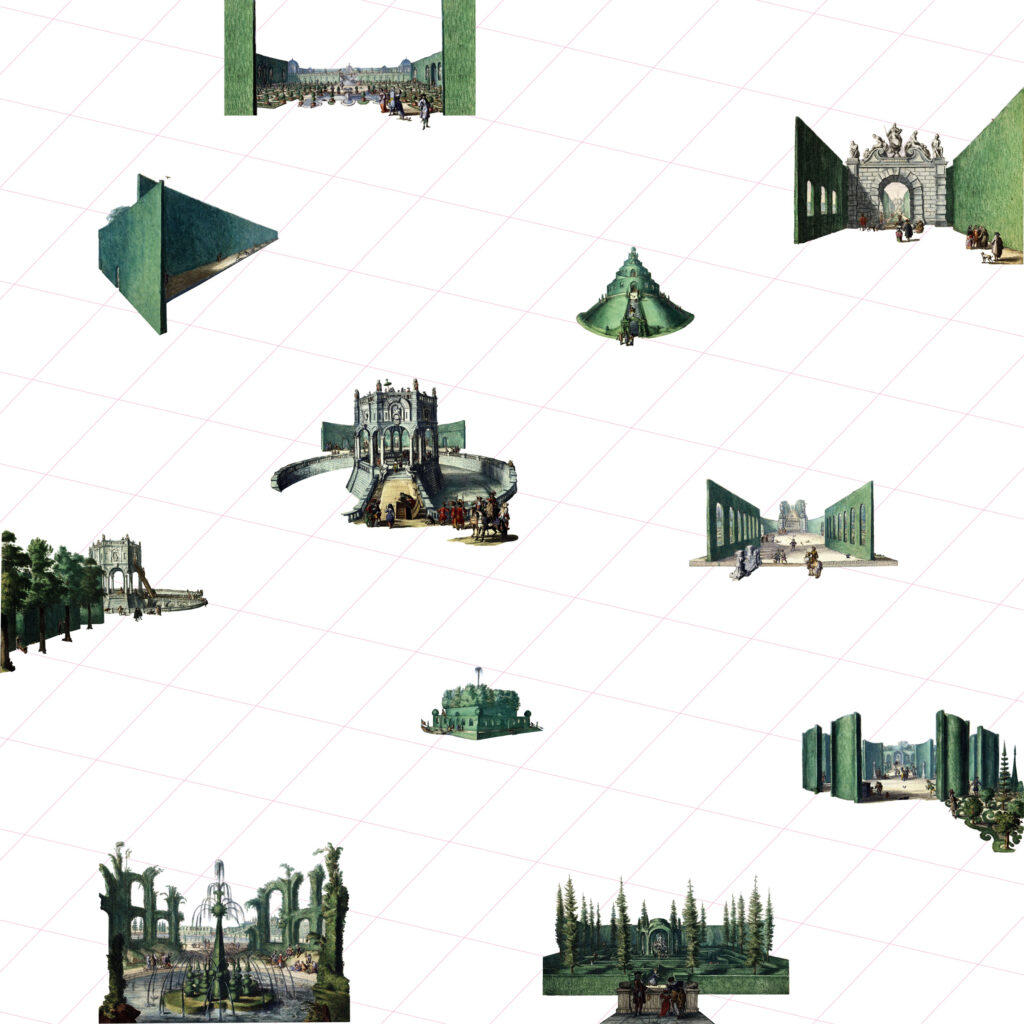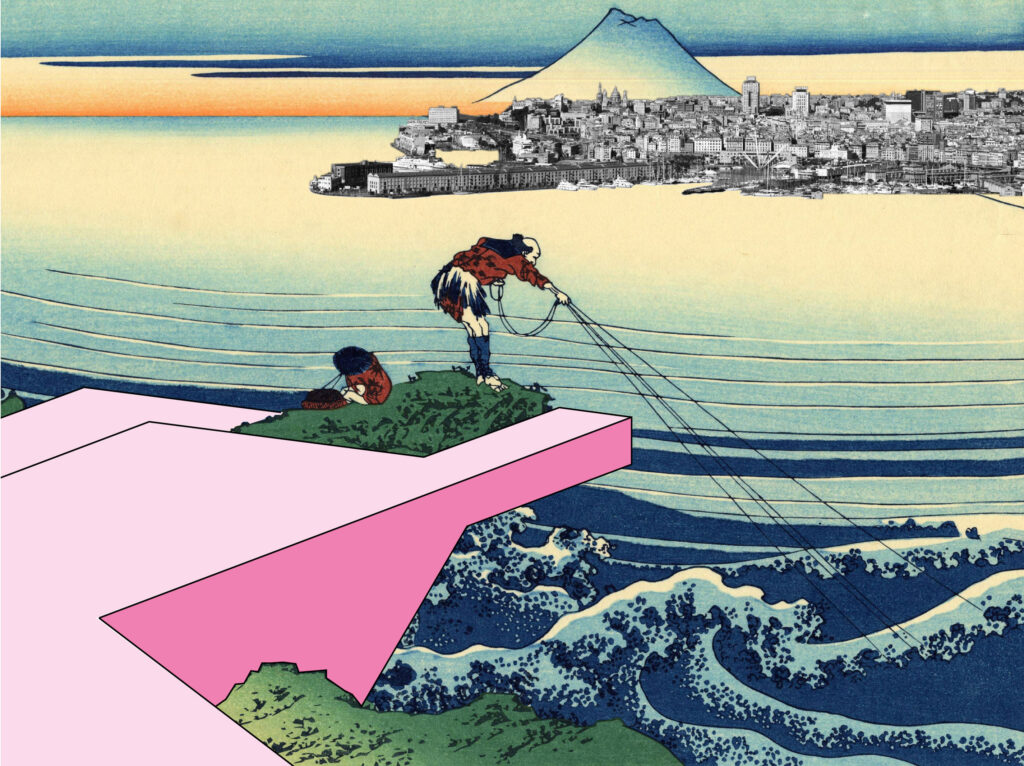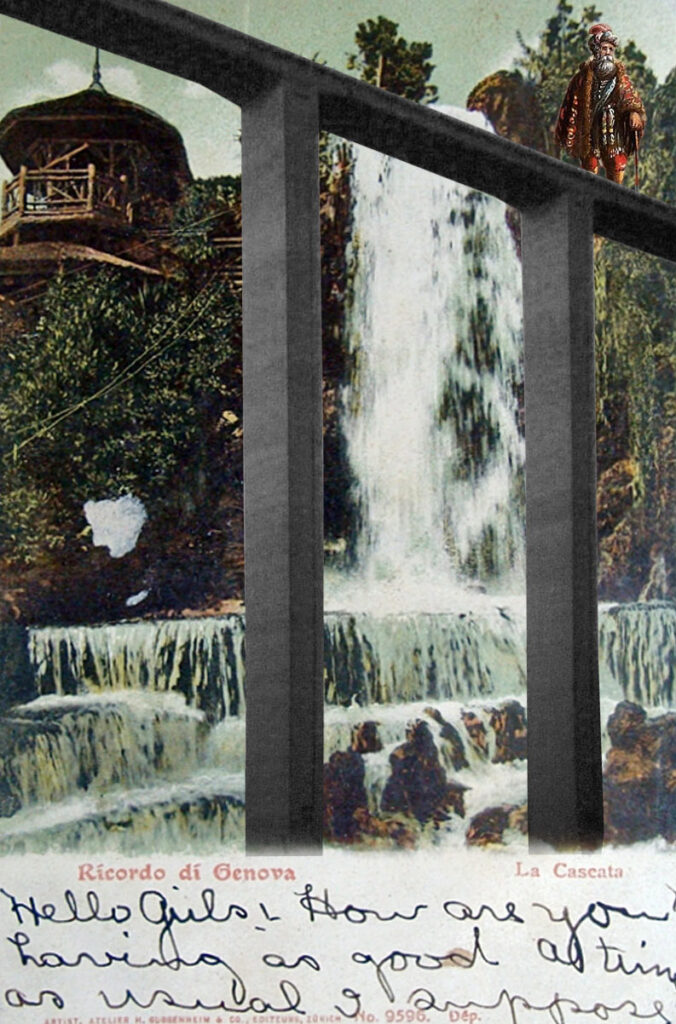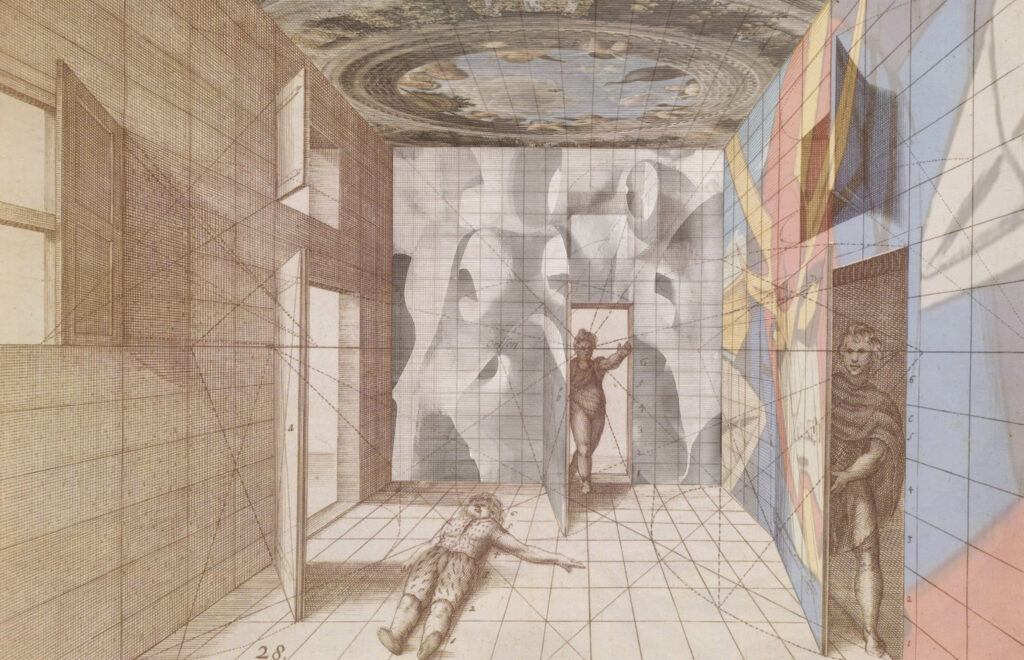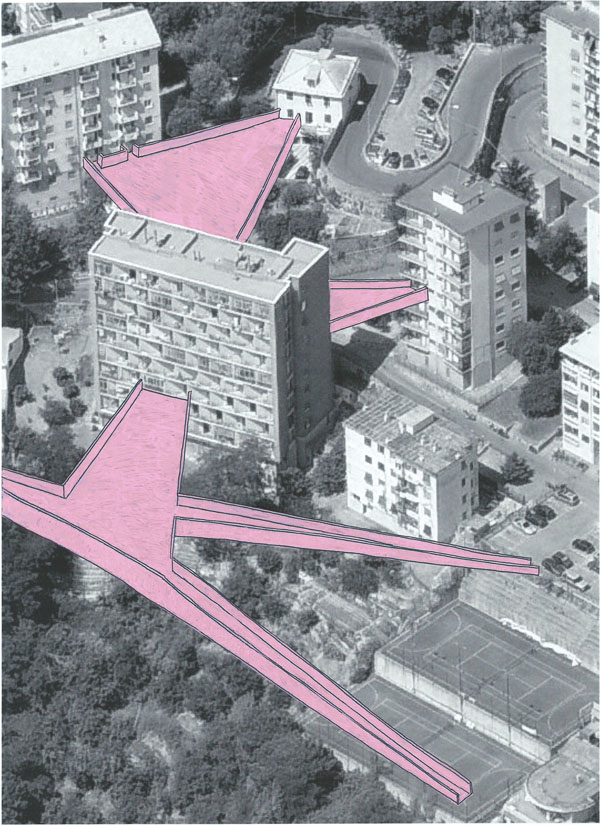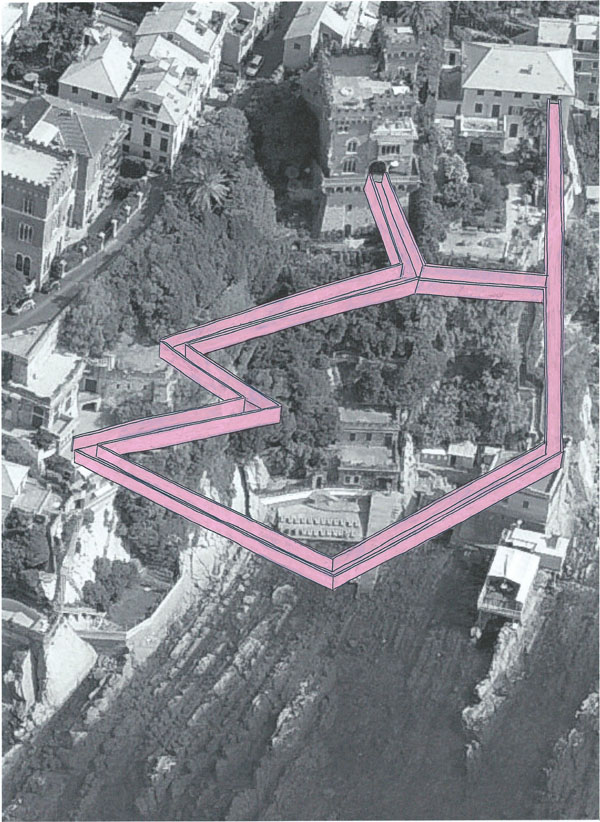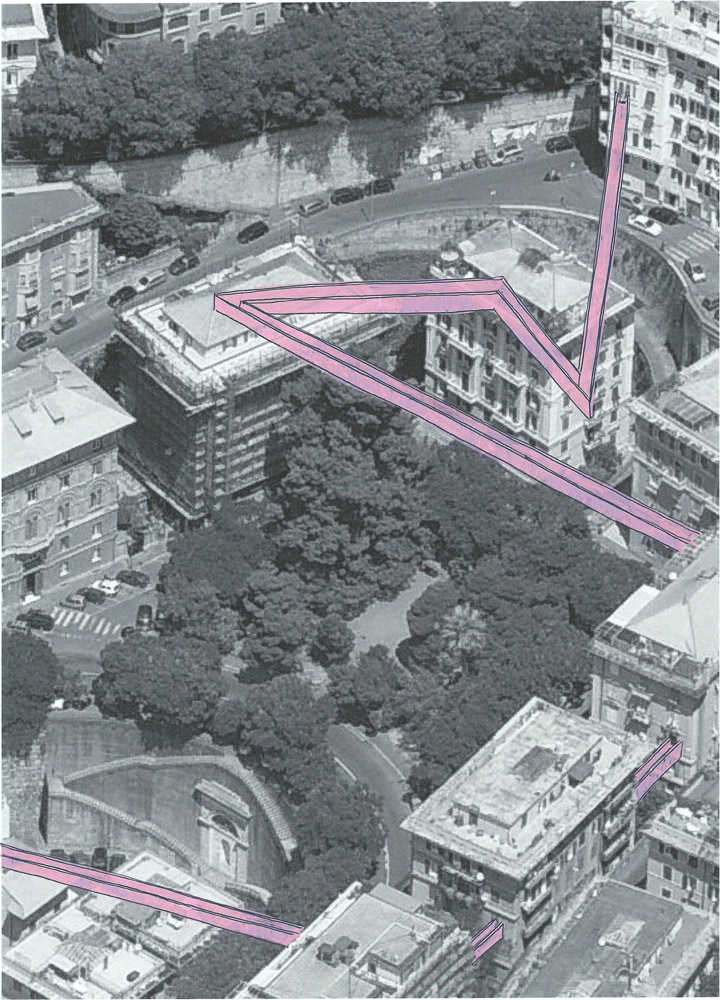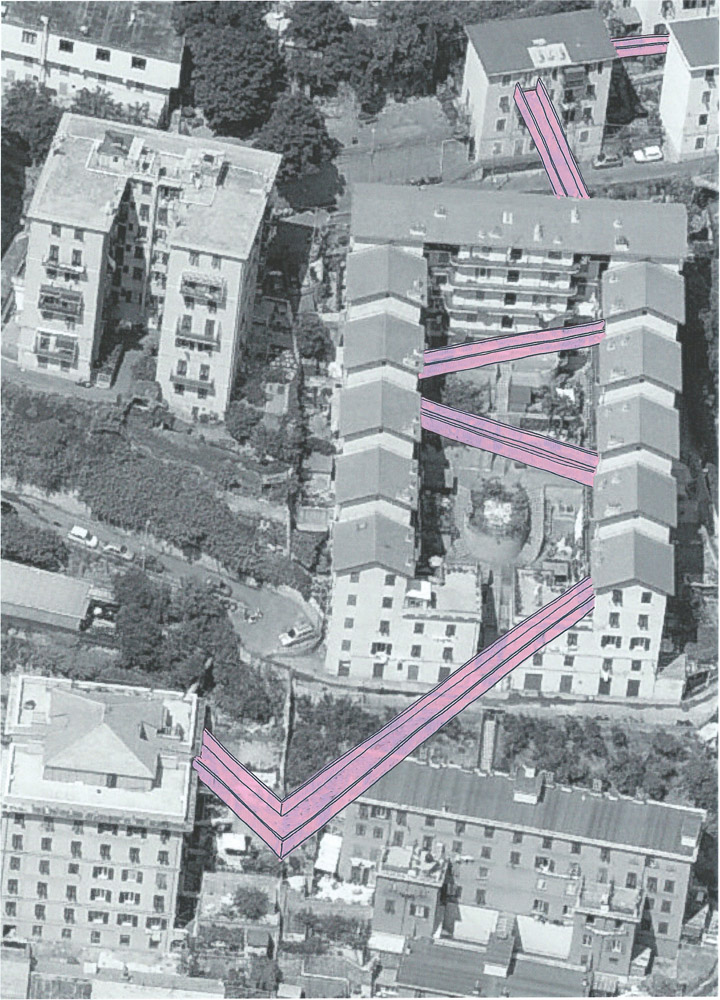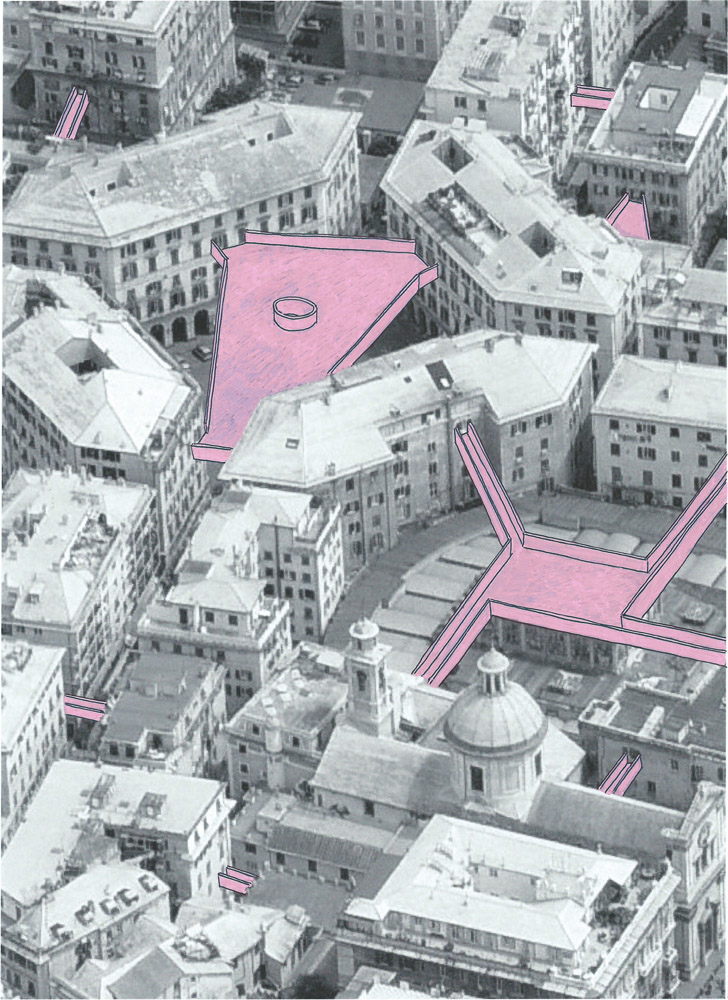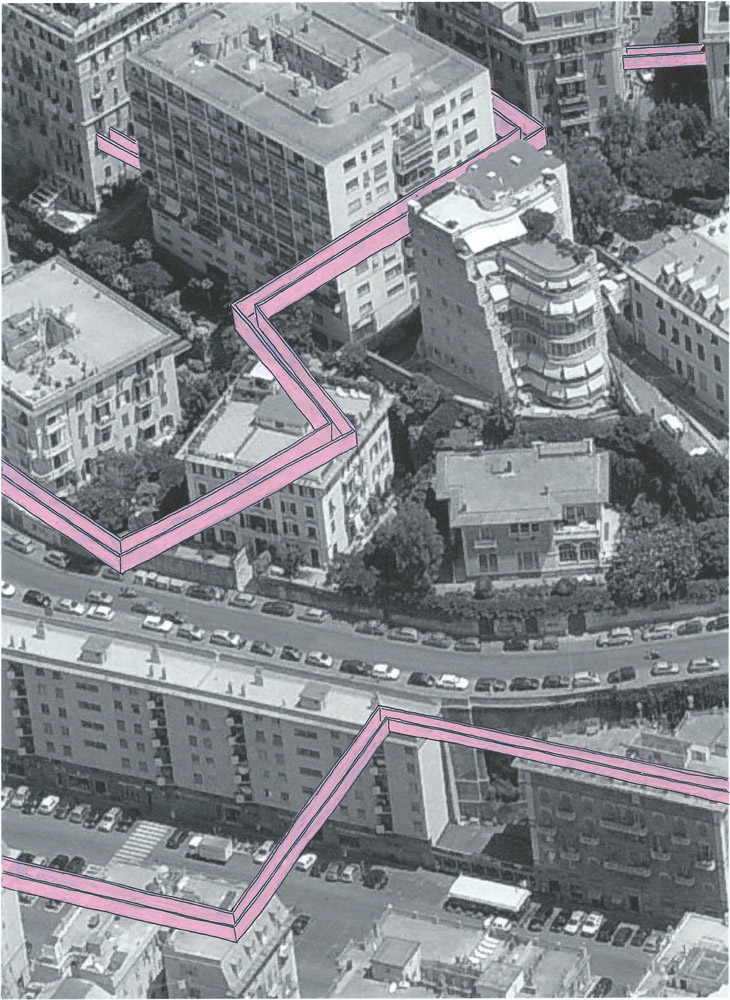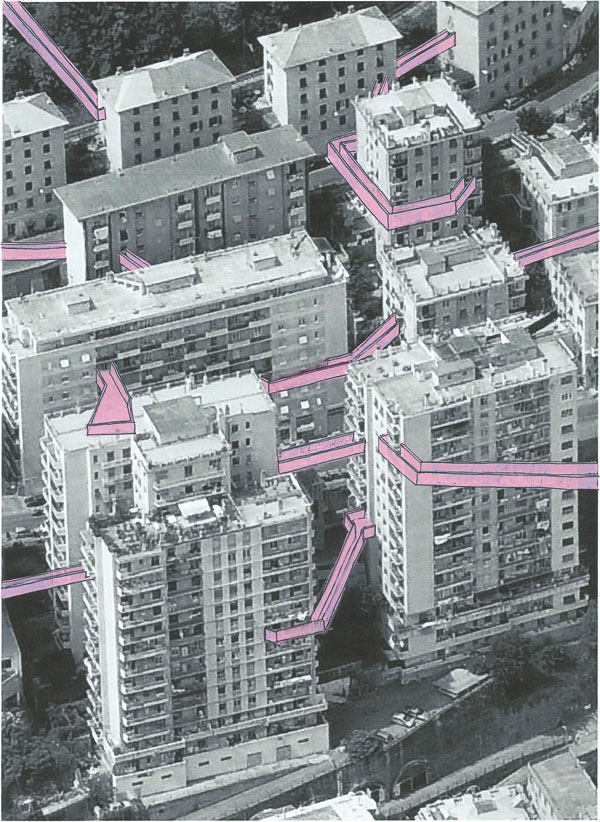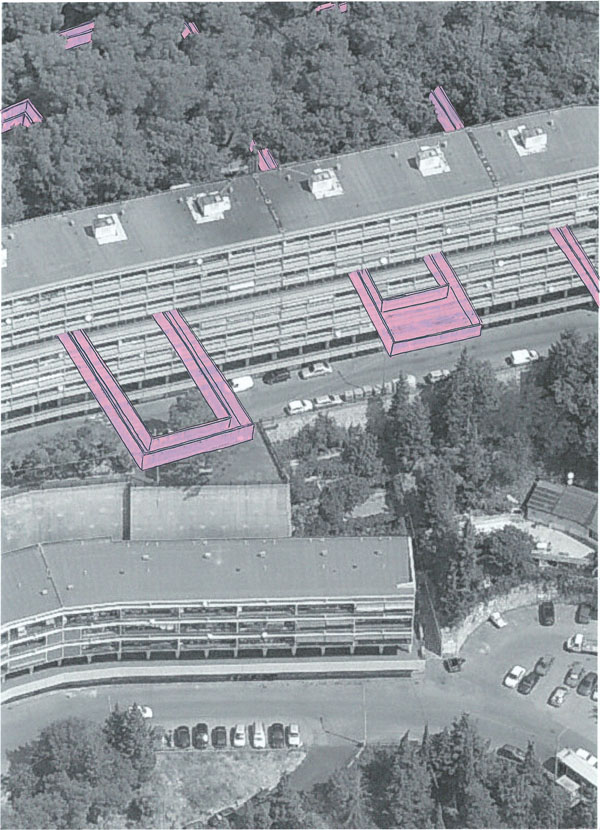(Notes for Short Future City)
A12, Exhibition, Pinksummer Gallery, Genoa (IT), 2013.
Western society is aging. In Europe, Italy is aging more than other nations. The decline in the birth rate, together with the economic crisis of this historical moment, drastically reduces the prospects and the ability to orient oneself towards the future. But it is the condition of old age that, traditionally and above all, limits the ability to look forward and to think about the future. At least because the future in front of those who are looking is short.
Even if the attention around this theme is progressively rising, a reflection on its implications on the city, on its spaces, on its organization remains out of focus and a broad vision, such as those that in the great moments of transformation of societies only the artistic avant-gardes and utopian thought have managed to propose, seems to be missing.
As prefigurations of new spatialities and different societies, all utopian constructions have always been characterized by a powerful thrust towards the future. However the man at the center of utopia, of every utopia, is always a healthy man, at the top of his energy and potential, of his maturity and productive and reproductive capacities. What happens instead if we try to put an ideal-typical elderly man at the center of a utopia? A man, or a woman, who has passed the threshold of 65 years, who must deal with a condition of weakness if not illness? And above all, what does it mean to build an urban vision for a city dedicated and tailor-made for this kind of people?
The Notes for Short Future City find their raison d’être in the reflection on these two apparently opposite and distant themes: old age – in its relationship with a city like Genoa – and the role of utopian reflections. This is a “speculative” project because for us it represents a way to reflect on a current and increasingly urgent condition by putting to work the tools and forms of a certain type of thought – the utopian one – assuming it more as an attitude of the gaze than as a reference of content.
Notes for Short Future City is an open and ongoing work that is made up of heterogeneous, deliberately spurious materials: maps that depict the morphology of the city, cards that talk about its inhabitants, projects that allude to its form and its functioning, texts that describe its nature.
In Genoa we have built our Short Future City. A city where we grew up, from which we have distanced ourselves but which we constantly observe. Genoa is an aged city, but it is not a city for old people. At least not entirely. And so our utopian city becomes a floating island in the middle of the sea, like Moro’s Utopia, which almost completely re-proposes the existing city because it’s a reflection of it and of its extreme condition. It is a mirror city in which, however, every difference in level is cancelled out because the elderly must be able to move freely. It is a city that only apparently is a ghetto or an urban-scale expansion of a hospice. It is the degenerate reflection of a current condition, of an aging city but that adapts to its inhabitants, taking care of them responsibly, being modeled to welcome them and let them live to the fullest a future that, although short – because it has no prospects and its end can be glimpsed – is nevertheless getting longer.
The inhabitants of this city are the elderly of tomorrow. We, those taking these notes, in just over twenty years. The elderly of today, those who are now turning 100 or 65, anticipate a condition and show us its contours. They are numbers on which it is possible to build statistical projections, but they are also numbers and data to which we can associate biographies, experiences, stories.
Like any self-respecting utopia, among our Notes there are also fragments of a possible manifesto that establishes principles, establishes rules, provides directions to define what the city will be like. This too is a manifesto in progress, incomplete and fragmentary, but its assertions taken together temporarily recompose the image of this new city.
The rules that govern Short Future City are of various natures. They concern the composition of its inhabitants and of those who take care of them, the way in which activities and spaces are organized, the type of equipment it must have, the performance of the materials it is made of, the forms through which the fragility of the body and memory is taken care of. The manifesto tells of a “possible” city made for the elderly and is at the same time the outcome and a guide for the projects. Because every assertion contains a hypothesis, a vision of a different future, a project.
Finally, the projects. Those proposed for Short Future City are not definitive solutions. They are rather “speculations” through which the road to possibilities is opened: the Obligatory Paths that allow those suffering from Alzheimer’s to return, the Protected Enclosures where “wonderful things” happen, the Academy of Caregivers, the Image Archives to build communities of memory, the City built on a flat surface and other projects to come are extreme, imaginative and positive translations and extensions – as utopian images can be – of what in some cases is already being attempted, even if on a limited scale and often in a still ineffective manner. They are ultimately ways to feed possible imaginaries that in the future will appear much less provocative than they can do now. For example, when in the world the percentage of people over sixty-five will have exceeded that of fifteen. It will happen in 2050, it is not a very distant future.



